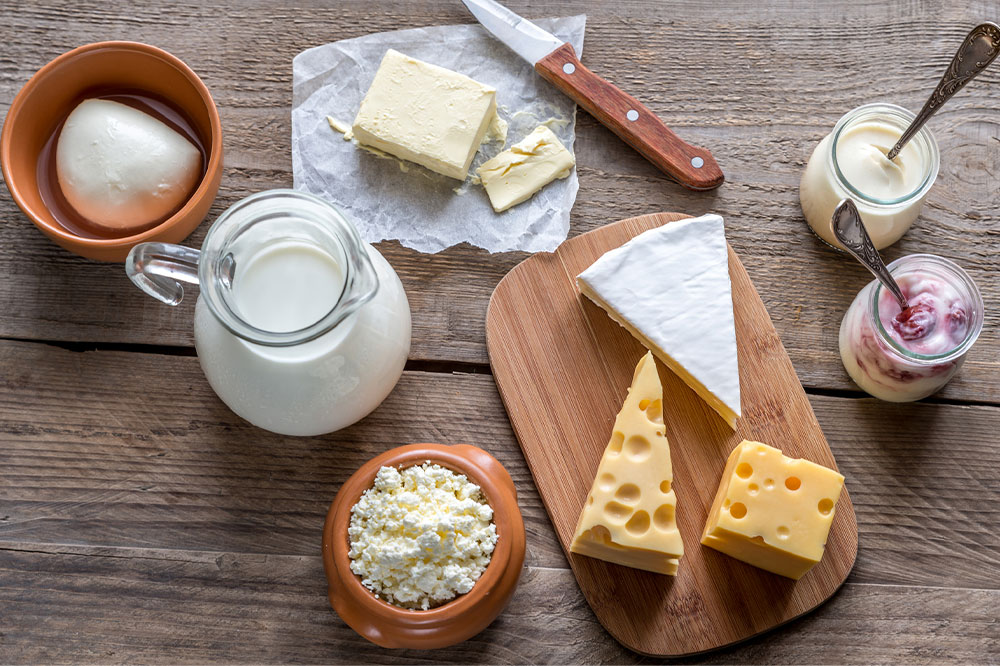
Osteoarthritis – Symptoms, causes, treatments, and natural remedies
Osteoarthritis, also known as OA, is a chronic condition that affects the joints, also referred to as degenerative joint disease or degenerative arthritis. It is one of the most common kinds of arthritis and one of the leading causes of disability in adults. According to the CDC (Centers for Disease Control and Prevention), osteoarthritis affects more than 32 million adults in the country. Read on to find out about its symptoms, causes, and treatments.
Symptoms
A joint is where two bones meet. A tissue known as the cartilage between the bones acts as a protective barrier between the bones. When it comes to osteoarthritis, this protective barrier breaks down and causes the bones to rub together. This can lead to a wide range of symptoms such as:
Pain in the joints
Stiffness in the joints
Loss of flexibility
Poor range of movement
Inflammation and swelling in the joints
Discomfort in certain areas
Crepitus
Bone spurs
OA can affect any joint in the body. Patients mostly notice symptoms in the hands, fingers, spine, shoulders, hips, and knees. Osteoarthritis is often seen in old age seniors but can affect anyone. As the condition progresses, the pain and stiffness may increase and cause swelling in the surrounding areas.
Causes
There are no known exact causes of OA. Experts believe it is caused mainly due to joint damage that has occurred over a while, which is why the condition is primarily seen in individuals past a certain age. The older you are, the more certain joints have experienced repetitive stress, leading to conditions such as OA. This condition can also result from past injuries, such as ligament tears and torn cartilage. OA can also be a result of joint malformations or bad posture.
Certain factors can increase your risk of developing osteoarthritis. These include:
Genetic predispositions and family history with increased risk if a sibling or parent has this condition.
Gender as women are known to be at higher risk of OA.
Being 50 years or older.
Having a history of injury to joints.
Menopause.
Other medical conditions such as diabetes that have adverse effects on joint health.
Prescribed treatment options
There is no cure for osteoarthritis. Any mode of treatment available for this condition focuses on managing the symptoms and slowing down its progression. Any prescribed treatment for an individual will be based on the severity of the symptoms, damage, and location. There are tons of different modes of treatment available for this condition. Here are a few of them:
Pharmaceuticals
Doctors may prescribe different modes of treatment for the management of OA. These include oral pain relief that reduces pain but does not work on tackling inflammation and swelling. They may also suggest topical pain relievers such as creams, gels, patches, and more. These work to numb the area, thereby eliminating the pain. These two types of treatment are usually prescribed for mild cases of OA. In worse cases of this condition, doctors may also suggest treatments that are available only by prescription and can be taken orally or injected directly into the joint.
Natural Remedies
Aside from treatment, individuals can also try natural remedies to manage the symptoms of osteoarthritis.
Heat and cold therapy
One of the natural ways to tackle the pain and stiffness associated with OA is heat and cold therapy. This includes repeatedly applying a hot or cold compress to the sore joints for roughly 15 to 20 minutes throughout the day.
Exercise
Individuals can also try exercise and physical activity. This helps strengthen the muscles around the joints and helps to elevate the soreness and stiffness associated with osteoarthritis.
Foods to have/avoid
Certain foods can increase inflammation in the joints and should be avoided. These include high-sugar foods such as soda and sweet tea, foods rich in saturated fats such as pizzas and red meat, and refined carbs from white bread and white rice. On the other hand, certain foods can help alleviate pain and inflammation. You can try adding fatty fish, dairy, oils, leafy greens, and more.




